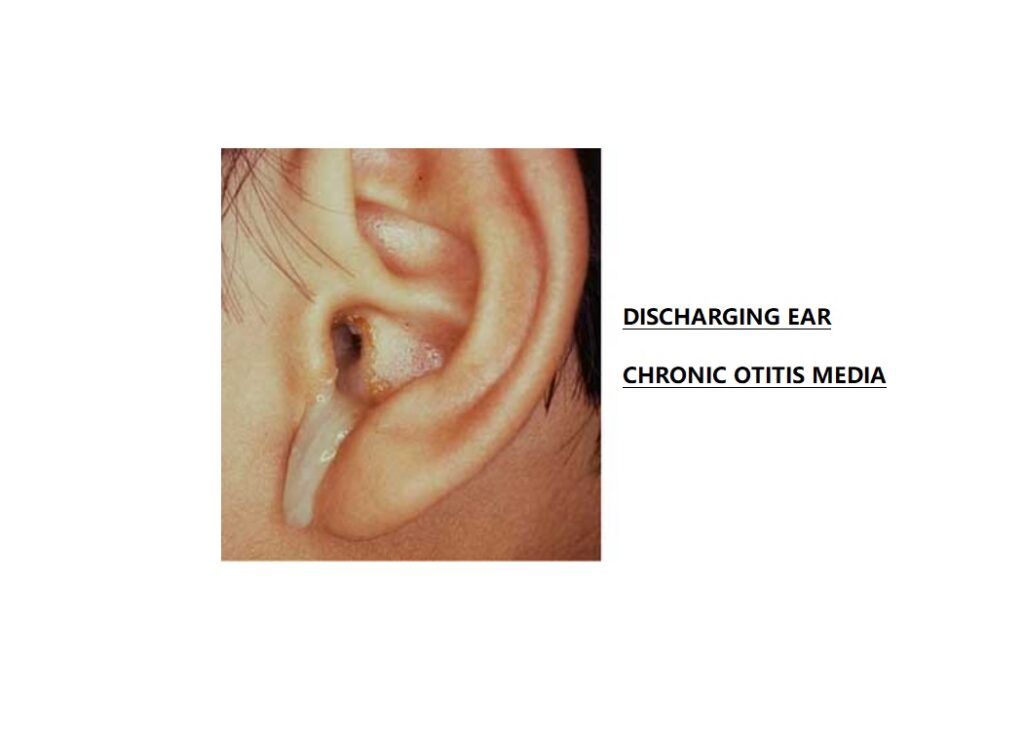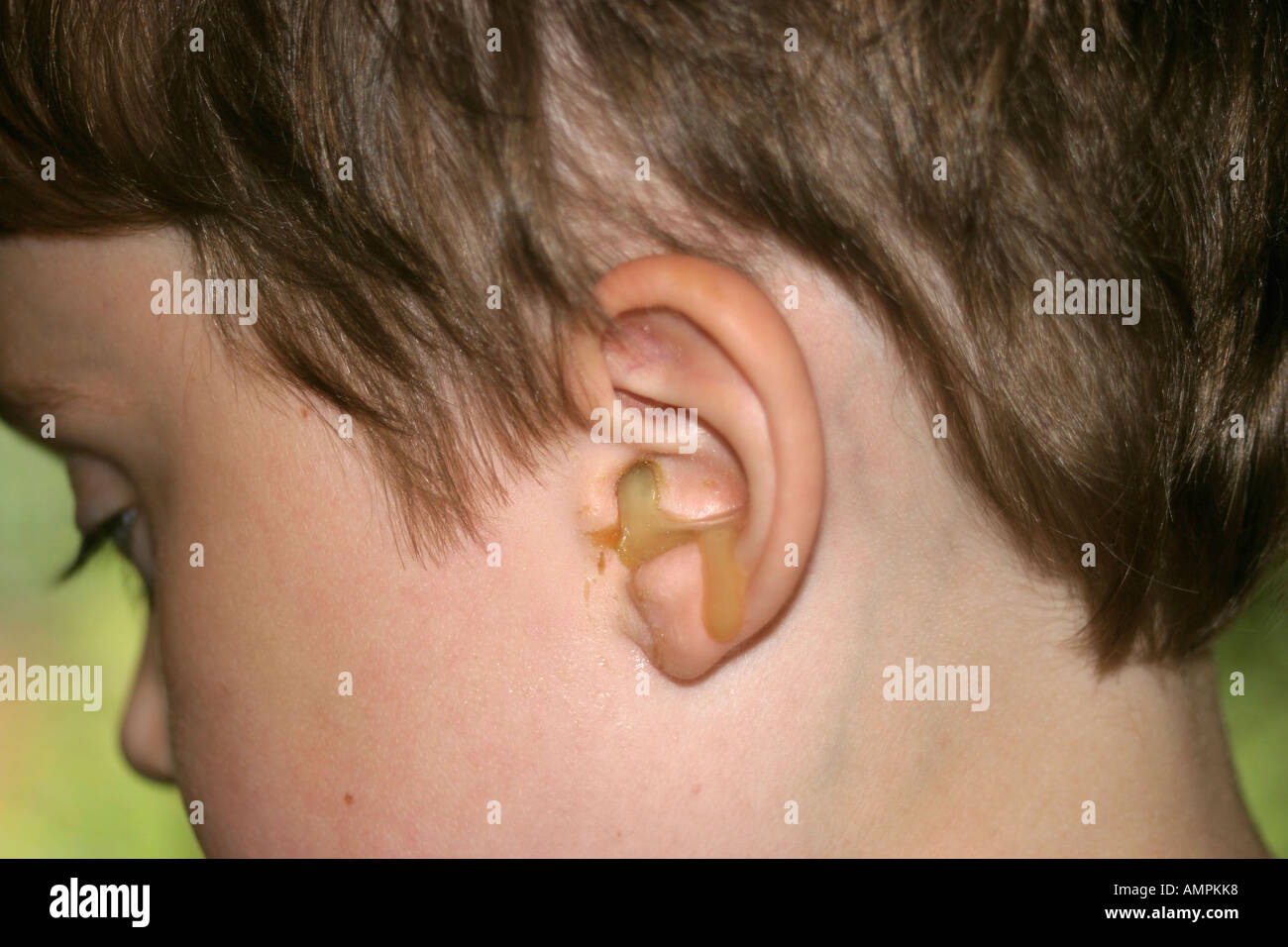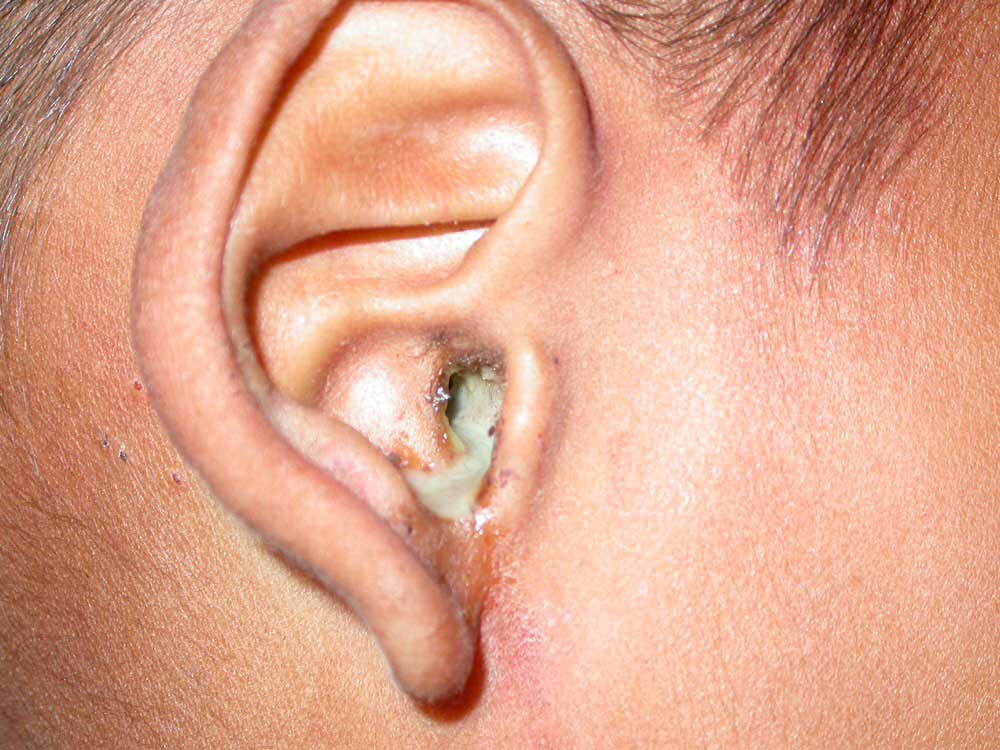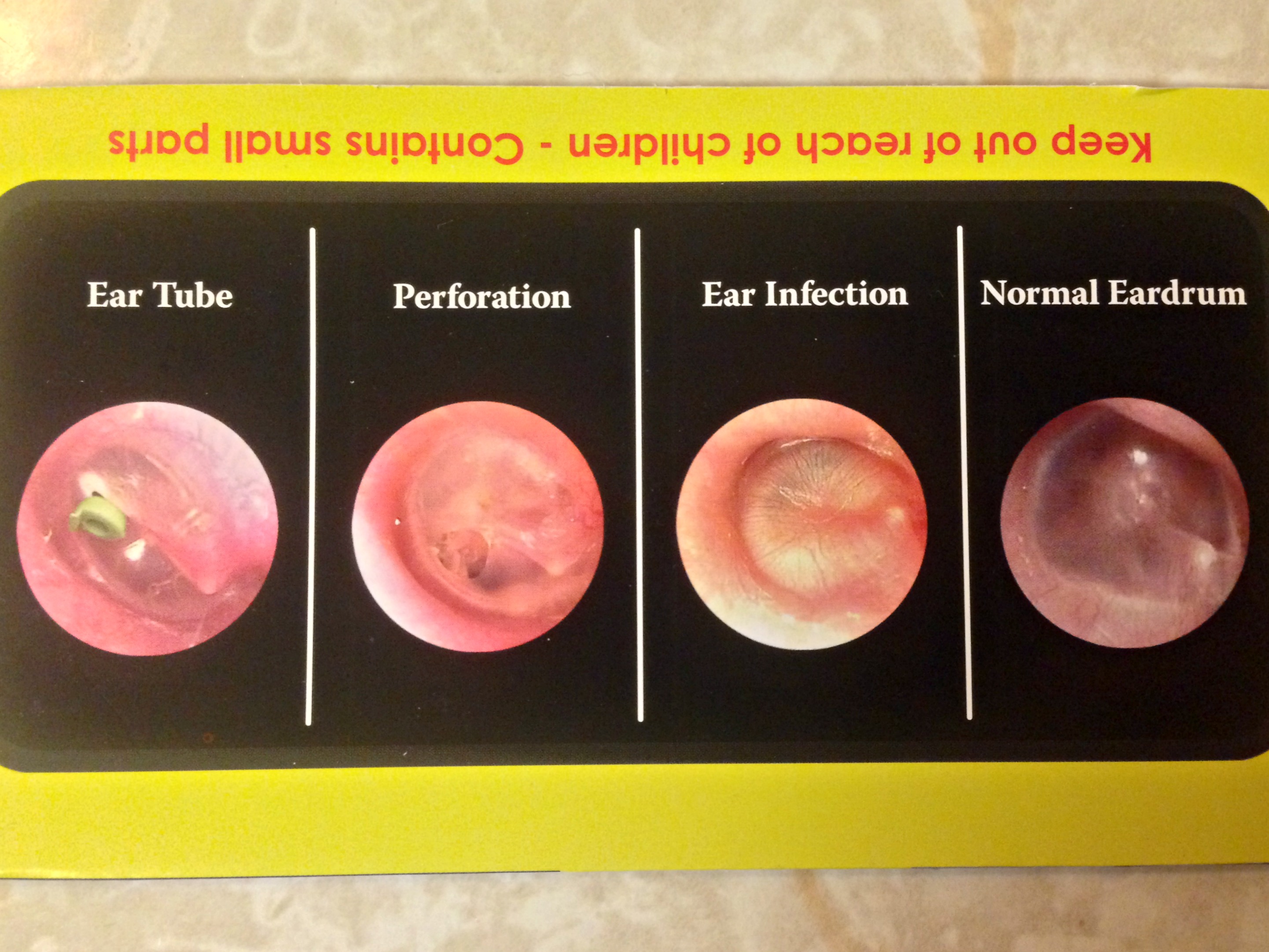Ear Infection With Green Discharge - When there’s a hole in your eardrum, the fluid in. Most commonly, otorrhea is the result of a ruptured eardrum from an ear infection. For example, a yellow or greenish discharge is often indicative of a bacterial infection, while a clear or watery discharge may. Bacterial or viral infections can lead to inflammation and fluid buildup in the middle ear, resulting in discharge. Green or yellow discharge may indicate a bacterial infection, while bloody discharge can be a sign of a ruptured eardrum.
Bacterial or viral infections can lead to inflammation and fluid buildup in the middle ear, resulting in discharge. Green or yellow discharge may indicate a bacterial infection, while bloody discharge can be a sign of a ruptured eardrum. Most commonly, otorrhea is the result of a ruptured eardrum from an ear infection. For example, a yellow or greenish discharge is often indicative of a bacterial infection, while a clear or watery discharge may. When there’s a hole in your eardrum, the fluid in.
Bacterial or viral infections can lead to inflammation and fluid buildup in the middle ear, resulting in discharge. When there’s a hole in your eardrum, the fluid in. Green or yellow discharge may indicate a bacterial infection, while bloody discharge can be a sign of a ruptured eardrum. For example, a yellow or greenish discharge is often indicative of a bacterial infection, while a clear or watery discharge may. Most commonly, otorrhea is the result of a ruptured eardrum from an ear infection.
Do Your Ears Discharge? What is Chronic Otitis Media? Dr. Sharad ENT
When there’s a hole in your eardrum, the fluid in. Green or yellow discharge may indicate a bacterial infection, while bloody discharge can be a sign of a ruptured eardrum. Most commonly, otorrhea is the result of a ruptured eardrum from an ear infection. For example, a yellow or greenish discharge is often indicative of a bacterial infection, while a.
Staphylococcus Aureus Infection Symptoms
When there’s a hole in your eardrum, the fluid in. Most commonly, otorrhea is the result of a ruptured eardrum from an ear infection. Green or yellow discharge may indicate a bacterial infection, while bloody discharge can be a sign of a ruptured eardrum. For example, a yellow or greenish discharge is often indicative of a bacterial infection, while a.
Ear Infection (Middle Ear) Causes, Symptoms, Diagnosis and Treatment
For example, a yellow or greenish discharge is often indicative of a bacterial infection, while a clear or watery discharge may. Bacterial or viral infections can lead to inflammation and fluid buildup in the middle ear, resulting in discharge. Most commonly, otorrhea is the result of a ruptured eardrum from an ear infection. When there’s a hole in your eardrum,.
Otitis media left ear the discharge looks very disturbing Stock Photo
Most commonly, otorrhea is the result of a ruptured eardrum from an ear infection. When there’s a hole in your eardrum, the fluid in. Green or yellow discharge may indicate a bacterial infection, while bloody discharge can be a sign of a ruptured eardrum. For example, a yellow or greenish discharge is often indicative of a bacterial infection, while a.
Ears Smelly Discharge at Lucy Pinnock blog
For example, a yellow or greenish discharge is often indicative of a bacterial infection, while a clear or watery discharge may. Most commonly, otorrhea is the result of a ruptured eardrum from an ear infection. Green or yellow discharge may indicate a bacterial infection, while bloody discharge can be a sign of a ruptured eardrum. Bacterial or viral infections can.
Kids' ear infections
Bacterial or viral infections can lead to inflammation and fluid buildup in the middle ear, resulting in discharge. When there’s a hole in your eardrum, the fluid in. Green or yellow discharge may indicate a bacterial infection, while bloody discharge can be a sign of a ruptured eardrum. Most commonly, otorrhea is the result of a ruptured eardrum from an.
Ear Discharge Strong Causes And Prevention HealthPulls
When there’s a hole in your eardrum, the fluid in. Green or yellow discharge may indicate a bacterial infection, while bloody discharge can be a sign of a ruptured eardrum. Bacterial or viral infections can lead to inflammation and fluid buildup in the middle ear, resulting in discharge. Most commonly, otorrhea is the result of a ruptured eardrum from an.
Pus in Ear Condition, Signs, Treatment, and More HealthPulls
When there’s a hole in your eardrum, the fluid in. For example, a yellow or greenish discharge is often indicative of a bacterial infection, while a clear or watery discharge may. Green or yellow discharge may indicate a bacterial infection, while bloody discharge can be a sign of a ruptured eardrum. Bacterial or viral infections can lead to inflammation and.
Acute Ear Infection / Ear Discharge Causes FAQs
Bacterial or viral infections can lead to inflammation and fluid buildup in the middle ear, resulting in discharge. For example, a yellow or greenish discharge is often indicative of a bacterial infection, while a clear or watery discharge may. Green or yellow discharge may indicate a bacterial infection, while bloody discharge can be a sign of a ruptured eardrum. When.
Ear Infection Signs and Symptoms
When there’s a hole in your eardrum, the fluid in. Most commonly, otorrhea is the result of a ruptured eardrum from an ear infection. Bacterial or viral infections can lead to inflammation and fluid buildup in the middle ear, resulting in discharge. For example, a yellow or greenish discharge is often indicative of a bacterial infection, while a clear or.
Green Or Yellow Discharge May Indicate A Bacterial Infection, While Bloody Discharge Can Be A Sign Of A Ruptured Eardrum.
Most commonly, otorrhea is the result of a ruptured eardrum from an ear infection. For example, a yellow or greenish discharge is often indicative of a bacterial infection, while a clear or watery discharge may. When there’s a hole in your eardrum, the fluid in. Bacterial or viral infections can lead to inflammation and fluid buildup in the middle ear, resulting in discharge.

:max_bytes(150000):strip_icc()/staph-infection-in-the-ear-causes-symptoms-and-treatment-5186082-FINAL-7e5666dd4be14b42a01d316ba761e603.jpg)







:max_bytes(150000):strip_icc()/Health-ear-infection-symptoms-7497948_Hpriz-6a3c00ad254d4e088ccc6436daadbaee.jpg)